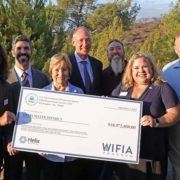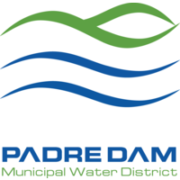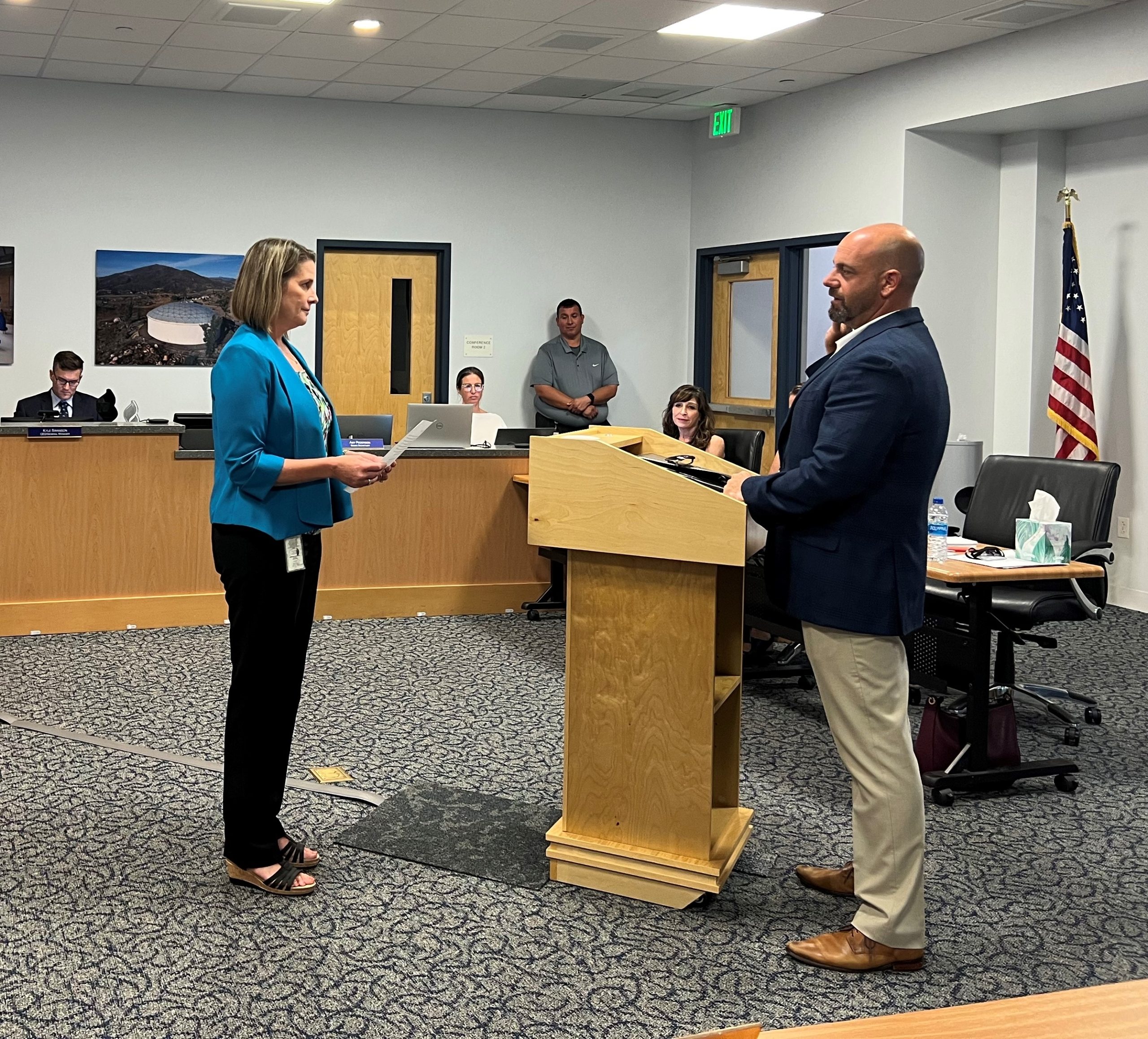The Helix Water District has received an $18 million loan from the U.S. Environmental Protection Agency to support the Drinking Water Reliability Project. Helix will use the Water Infrastructure Finance and Innovation Act, or WIFIA loan, to increase the region’s drinking water resiliency by expanding water reuse opportunities and reducing the reliance on imported water.
The WIFIA loan will help fund infrastructure improvements for the East County Advanced Water Purification Program, pump station upgrades and cast-iron pipeline replacement throughout the district.
Developing new drought-proof water supply
“In California, we are purifying recycled water and ocean water to replace the water that nature used to provide,” said Helix Water District Board President Kathleen Coates Hedberg. “The only way we can afford to keep rates as low as we can and develop these new projects is through collaboration – multiple agencies working together and securing capital from multiple funding sources. We are partnering with neighboring agencies to develop a new, drought-proof water supply and we are so pleased that the EPA selected our project for funding.”
$18 million loan helps recycled water efforts
Specifically, Helix Water District will modernize existing pump stations, conveyance infrastructure, and distribution pipelines as well as install an aeration system in Lake Jennings to meet state surface water requirements.
By completing the project, Helix Water District will replace 30% of its water needs that are currently met by regional sources with an alternative source of purified water conveyed from the East County AWP, which received a separate WIFIA loan. This project also supports California’s Title 22 “Pure Water” objective to increase use of recycled water by at least 2 million-acre-feet per year by 2030.
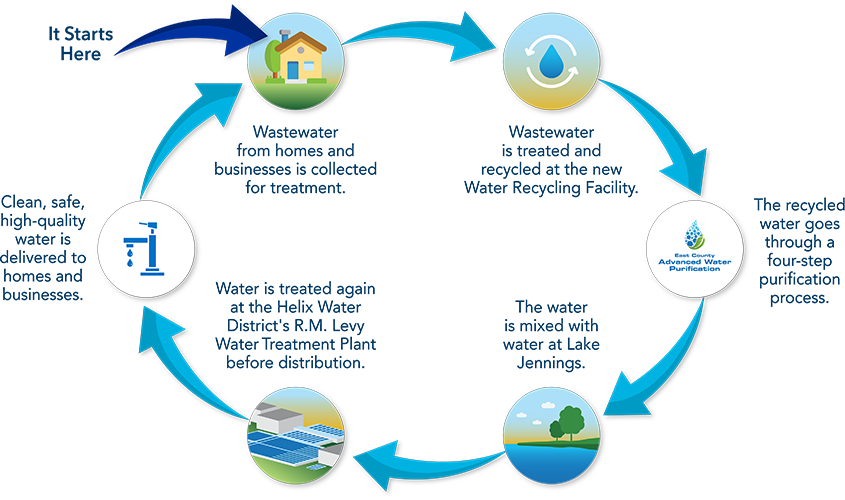
Scheduled to be complete in 2026, the East County AWP will generate up to 11.5 million gallons per day of purified water— meeting approximately 30% of current drinking water demands for East San Diego County residents and businesses.
As a result of the WIFIA program’s flexibility and competitive rates, Helix Water District will save approximately $3.2 million by financing with a WIFIA loan. Construction and operation are estimated to create nearly 400 jobs.
“Future of water in the West”
“Helix Water District’s project represents the future of water in the West,” said EPA Deputy Assistant Administrator for Water Bruno Pigott. “EPA is proud to help finance these infrastructure upgrades that will increase water reuse and help secure reliable safe drinking water for generations to come.”
Established by the Water Infrastructure Finance and Innovation Act of 2014, the WIFIA program is a federal loan and guarantee program administered by EPA. The WIFIA program’s aim is to accelerate investment in the nation’s water infrastructure by providing long-term, low-cost supplemental credit assistance for regionally and nationally significant projects.
(Editor’s note: The Helix Water District and the Padre Dam Municipal Water District are two of the San Diego County Water Authority’s 24 member agencies that deliver water across the metropolitan San Diego region. Water agencies in north San Diego County also received federal funds recently to support water recycling projects.)

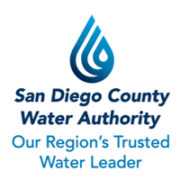


 Sweetwater Authority Logo 2019
Sweetwater Authority Logo 2019